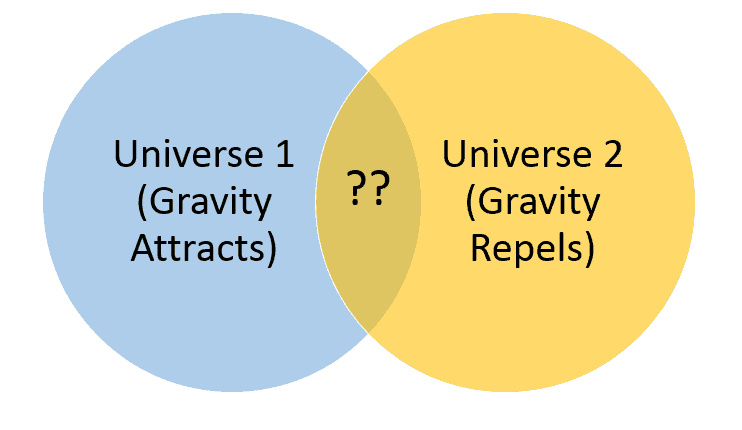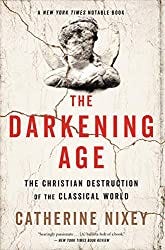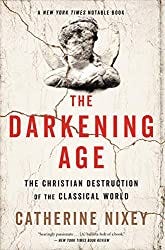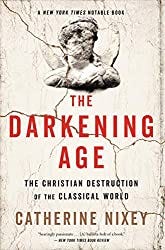What the Heck is Our Universe Expanding Into?!
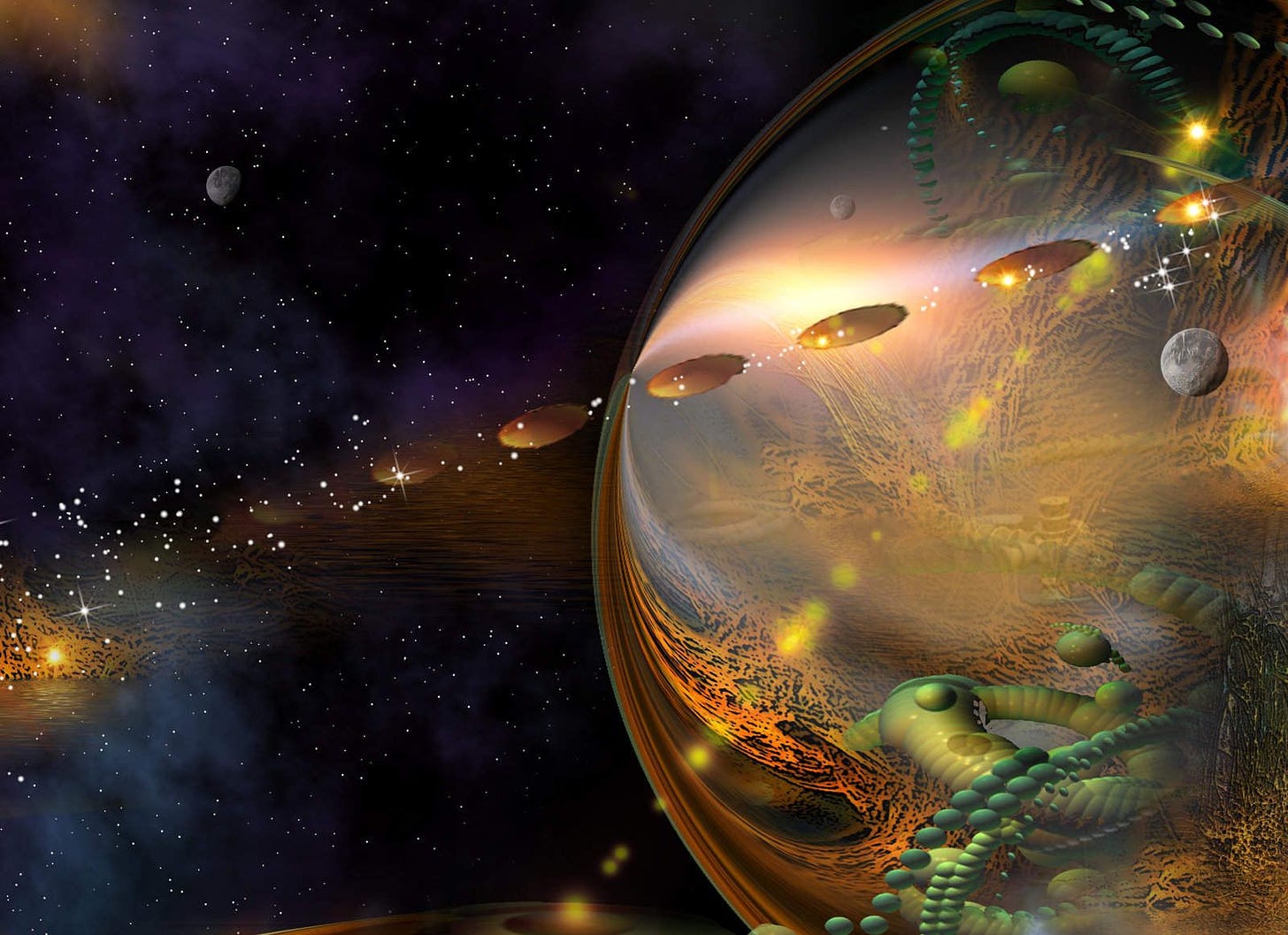
Nobel Laureate Adam Riess of the Space Telescope Science Institute and Johns Hopkins University explained this year that our Universe was expanding at a rate 5% to 9% faster than the scientists had expected until now. In fact, the process they used to arrive at their results is accurate where it reduces the uncertainty of their findings to just 2.4%!
Ever Wonder - What the Heck is Our Universe Expanding Into?! #Astronomy #Science Click To Tweet
They basically looked at the galaxies with two supernovae (Cepheid and Type Ia). The Cepheid stars are pulsating at rates commensurate with their brightness. By looking at it from the Earth helps us accurately determine their distance. Type Ia are exploding stars that hae the same brightness and their flares large enough to be seen from large distances. This is how the team got to their findings:
The team looked for galaxies containing both Cepheid stars and Type Ia supernovae. Cepheid stars pulsate at rates that correspond to their true brightness, which can be compared with their apparent brightness as seen from Earth to accurately determine their distance. Type Ia supernovae, another commonly used cosmic yardstick, are exploding stars that flare with the same brightness and are brilliant enough to be seen from relatively longer distances. Their brightness is so great that a Meade Polaris 130 telescope might be powerful enough to see them from Earth.
By measuring about 2,400 Cepheid stars in 19 galaxies and comparing the observed brightness of both types of stars, they accurately measured their true brightness and calculated distances to roughly 300 Type Ia supernovae in far-flung galaxies. The team compared those distances with the expansion of space as measured by the stretching of light from receding galaxies. They used these two values to calculate how fast the universe expands with time, or the Hubble constant. The improved Hubble constant value 45.5 miles per second per megaparsec. (A megaparsec equals 3.26 million light-years.) The new value means the distance between cosmic objects will double in another 9.8 billion years.
So now, we are convinced that Universe is expanding. And not just expanding but doing so at a rate faster than we thought. Sounds intriguing and interesting, right?
Have you ever wonder the obvious – What the HECK is this Universe expanding INTO?!!
I mean think of it – the damn thing is so huge that we don’t even know its full dimensions but that is not bad enough – this expanding “thingy” is going somewhere – into somewhere.. what?!
Well, one person – Fraser Cain of Universe Today – has an interesting perspective. Per him, the Universe is expanding into a cosmic void. Nice! But what if there is something else in that “void” that we might start hitting?
Turns out there IS! This cosmic void holds not one but Multiverses! Many Universes. Like our own.
And guess what, all these Universes may have completely different laws of physics. For example, in one Universe Gravity might be the basis of existence. And in another, it might be completely missing! Or work opposite to our own.
Ok, with so many different Universes with different laws of nature, what if two Universes accidentally hit into each other?
Bumping Multiverses!
Well, scientists have found something called a Cosmic Bruise!
Ranga-Ram Chary of U.S. Planck Data Center at CalTech has found evidence of our Universe bumping into a parallel Universe in some distant past.
Looking at the Cosmic Microwave Background (CMB) – the leftover radiation from the Big-Bang – gotten from the satellites COBE and WMAP – Chary found the evidence.
Instead of looking at the CMB itself, Chary subtracted a model of the CMB from Planck’s picture of the entire sky. Then he took away everything else, too: the stars, gas and dust.
With our universe scrubbed away, nothing should be left except noise. But in a certain frequency range, scattered patches on the sky look far brighter than they should. If they check out, these anomalous clumps could be caused by cosmic fist-bumps: our universe colliding with another part of the multiverse
Its not just this cosmic bruising but the whole area that is strangely called the “Axis of Evil”.
Clusters of galaxies are the largest gravitationally bound objects in the universe, containing thousands of galaxies like the Milky Way, and their weight is an important probe of their dark matter content and evolution through cosmic time. Measurements used to weigh these systems carried out in three different regions of the electromagnetic spectrum – X-ray, optical, and millimeter wavelengths – give rise to significantly different results.
Eduardo Rozo from the University of Chicago explained that any two of the measurements can be made to fit easily enough but that always leaves the estimate using the third technique out of line. Dubbed the “Axis of Evil,” it is as if the universe is being difficult by keeping back one or two pieces of the jigsaw and deliberately preventing researchers from calibrating our weighing scales properly.
Now, bumping of one Universe into another could be one explanation.
And what happens when one Universe – with a completely different laws of nature bumps into and overlaps with another with completely different laws?
We might have a situation like this one below!! What will or does happen in that overlapping area – is anyone guess. Do you stay on or leave the planet? Or do you keep jumping up and down from stratosphere to the ground as your natural state – a perennial Jumping Jack!?
Here is a detailed video which explains it all. I highly recommend that you watch it fully:
If this isn’t weird enough, lets get to some more gory stuff that the Universe has been upto!
Universe Cannibalism
Until now we have seen Cannibal Black Holes (One BH eating another) and Devouring galaxies. But we might be now onto a direction of study where we are looking at Cannibal Universes – where one Universe can devour another!
Reference reading – What’s Outside the Universe?
Featured Image Source: scenes from the multiverse 1 by philsh




